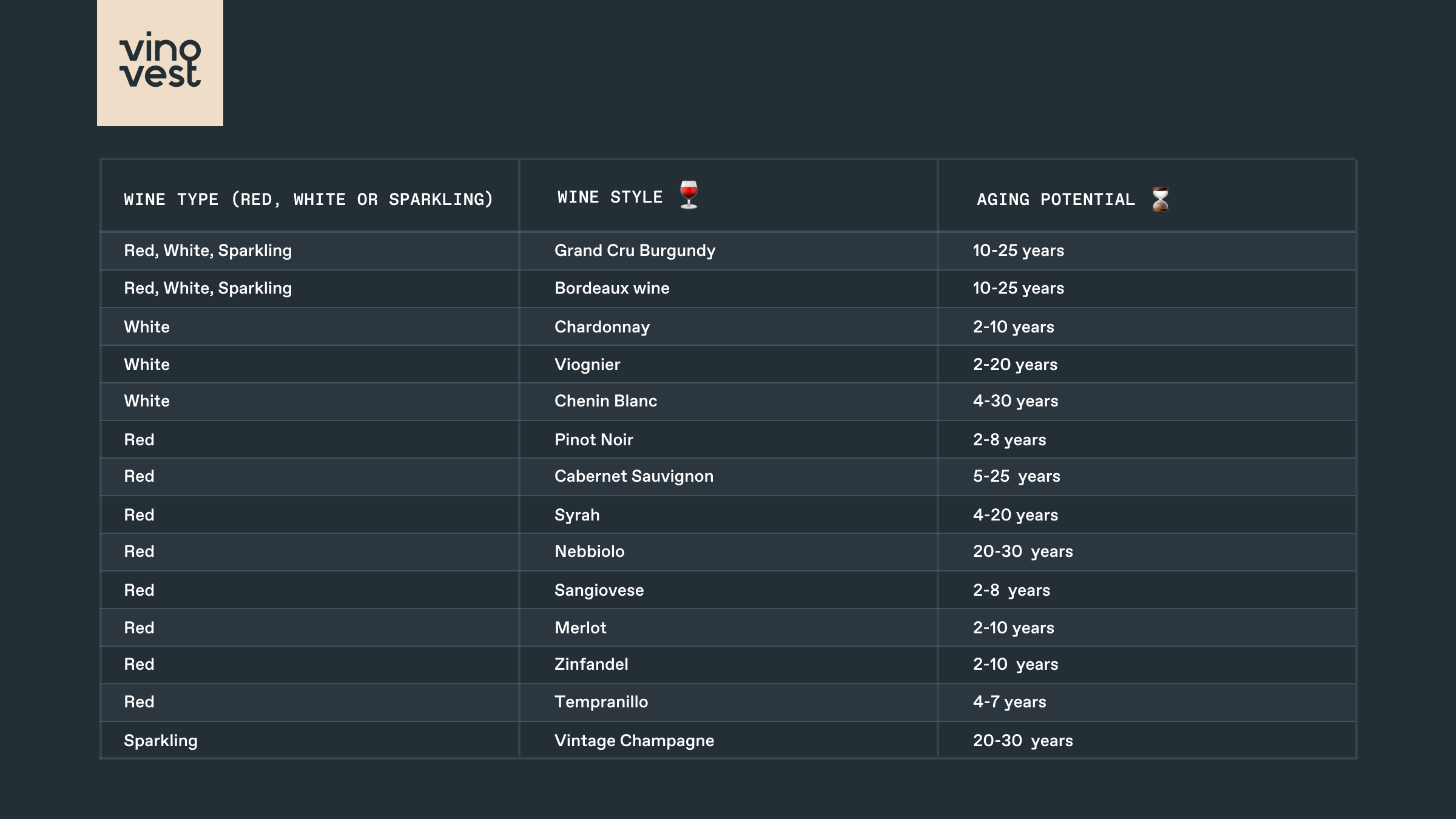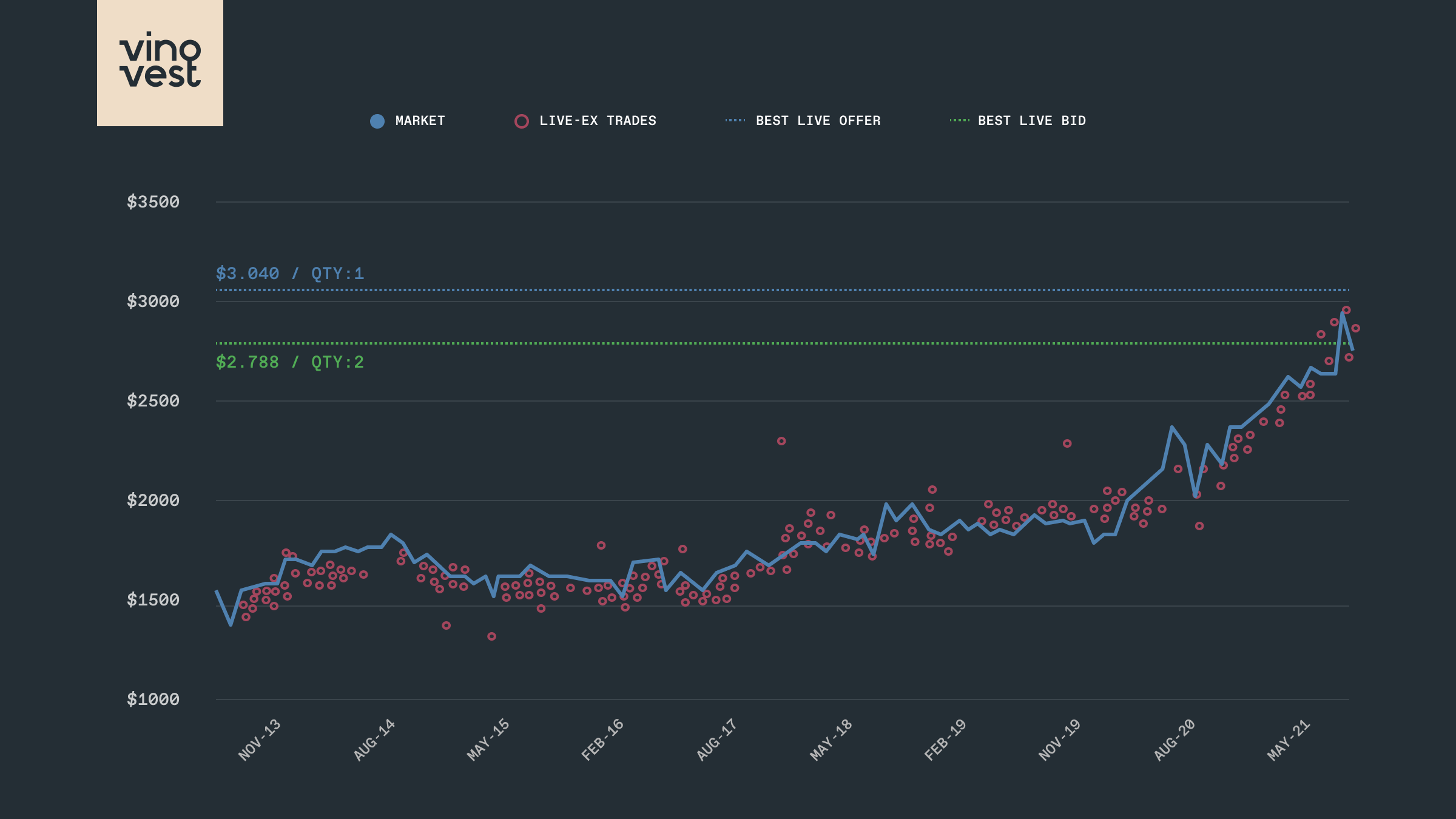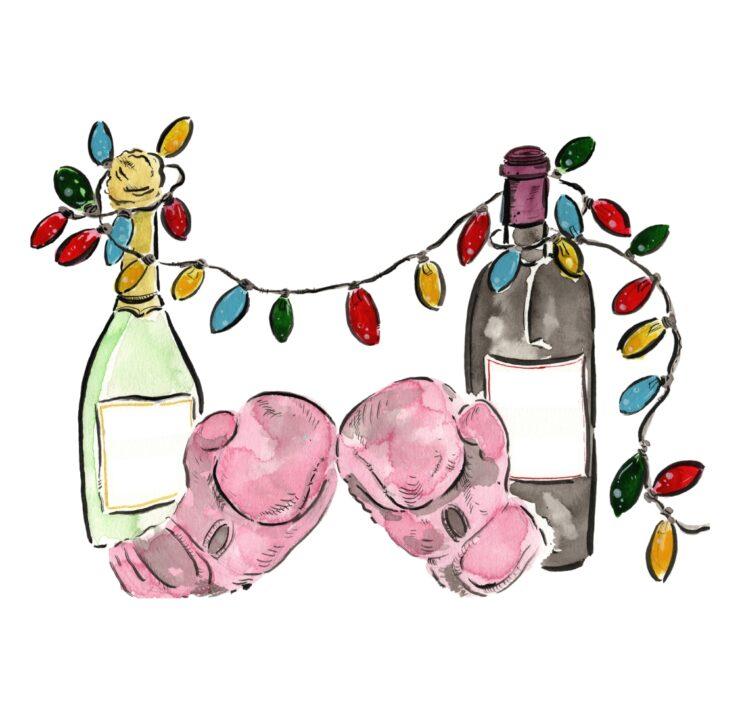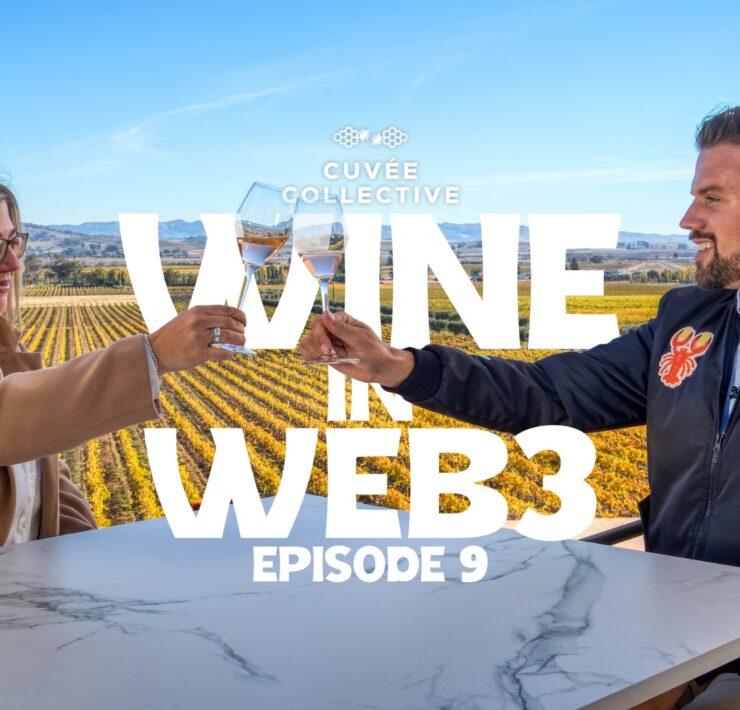This article is brought to you in partnership with Vinovest
For some, well-aged wine is the holy grail. Stories are told of magical bottles aged in old cellars for decades. The nostalgia and romance of a dirty old bottle of wine beckon to an era not often seen in our modern age of computer screens and instant gratification. For others, they prefer the fresh notes of younger wines. Grapes that carry the youth and vitality that we all wish we carried forever. Whatever your preference, one thing’s for sure. Finding great aged wine can become a costly proposition. It can also be an investor’s dream. So what exactly happens to wine prices as bottles age?
What’s the Difference?
First of all, let’s be clear that wine is a subjective game. Each person’s tastes are different, and aged wine doesn’t necessarily mean better. One may very well prefer the sharper, more crisp notes of a young wine. There is nothing wrong with that! It’s all about what you like. What drives the higher prices for older wines is how much time it takes to achieve their development.
Young wines have enhanced acidity, are more crisp and fresh, have higher tannin levels and sharper flavors.
Aged wines tend to have more complex flavors and aromas, softer tannins, a rounder profile, layered tasting notes, and a more refined mouthfeel.
There are, of course, palates for both, but the latter wines can bring in big money because of the time, patience, and scarcity involved. White wines tend to become darker as they age. In contrast, red wines lose some of their color as they age. Perhaps this represents white wines developing character, whilst red wines are losing their rough edges. Who can say for sure?
What Wines Can Age?
Please don’t put your $12 Chardonnay in the wine collection, and expect it to be worth $50 down the road. Only a particular portfolio of the world’s wine can gain value with age. The bulk of wines are meant to be consumed earlier rather than later. Only about 10% of wines are genuinely age-worthy with success.
The magic recipe is either very high tannins or high acidity. Some of the most sought after red wines can be rather heavy initially, but this is the exact thing that sets them up to become smooth and elegant over time. All those tannins and acidity go through slow processes, mellowing and developing aromas that young wines don’t have.

The Grand Cru Burgundies, Bordeaux, and Italian Nebbiolo are some of the greatest for aging, but it can be done with a great variety if the wines are of a certain quality.
With time, red wines like Pinot Noir and Cabernet Sauvignon develop subdued earthy tones and smoky aromas, while age-worthy whites like Riesling and Sauvignon Blanc would have more herbal notes.
The Investment Payoff
When it comes to investment grade fine wine, aging and scarcity are the keys to significant returns. Collectors and enthusiasts want those 10-year-old Grand Cru Burgundies. They covet the subtle nuances and changes in flavor that only time can provide.
Because of this, you’ll see a lot of fine wines experience big shifts in pricing right before they reach their ideal drinkability window. Even more importantly, the supply of wine begins to decrease faster within the drinkability window as consumers start to enjoy the bottles they’ve been saving so diligently.
Take 2010 Sassicaia, for instance. From an investment standpoint, Sassicaia is one of our favorites at Vinovest.

This Tuscan wine traded for $1,500 – $1,600/case on the London Vintner’s Exchange from 2013 up through the start of its ideal drinking window in 2017. Since January of that year, the value of 2010 Sassicaia has increased from $1,700/case to just under $3,000/case. The prices have the potential to accelerate the longer you hold one of these wines during its peak drinking window.
Investor or Collector
Whatever your motives may be, it can be of great benefit to buying these types of wines early, before they’re ready. If you like aged wine, it is clearly more expensive to buy them once they’ve had time to develop. Purchasing these wines ahead of time, and waiting patiently, is the most cost-effective way to make the most of them, whether you’re investing to sell someday or waiting to drink them.
At Vinovest, we are beyond thankful to be involved with SOMM TV and cannot wait to bring more quality wine investment information to you. You will not find a better source for anything wine. Their team of sommeliers, writers, and researchers are top-notch.









